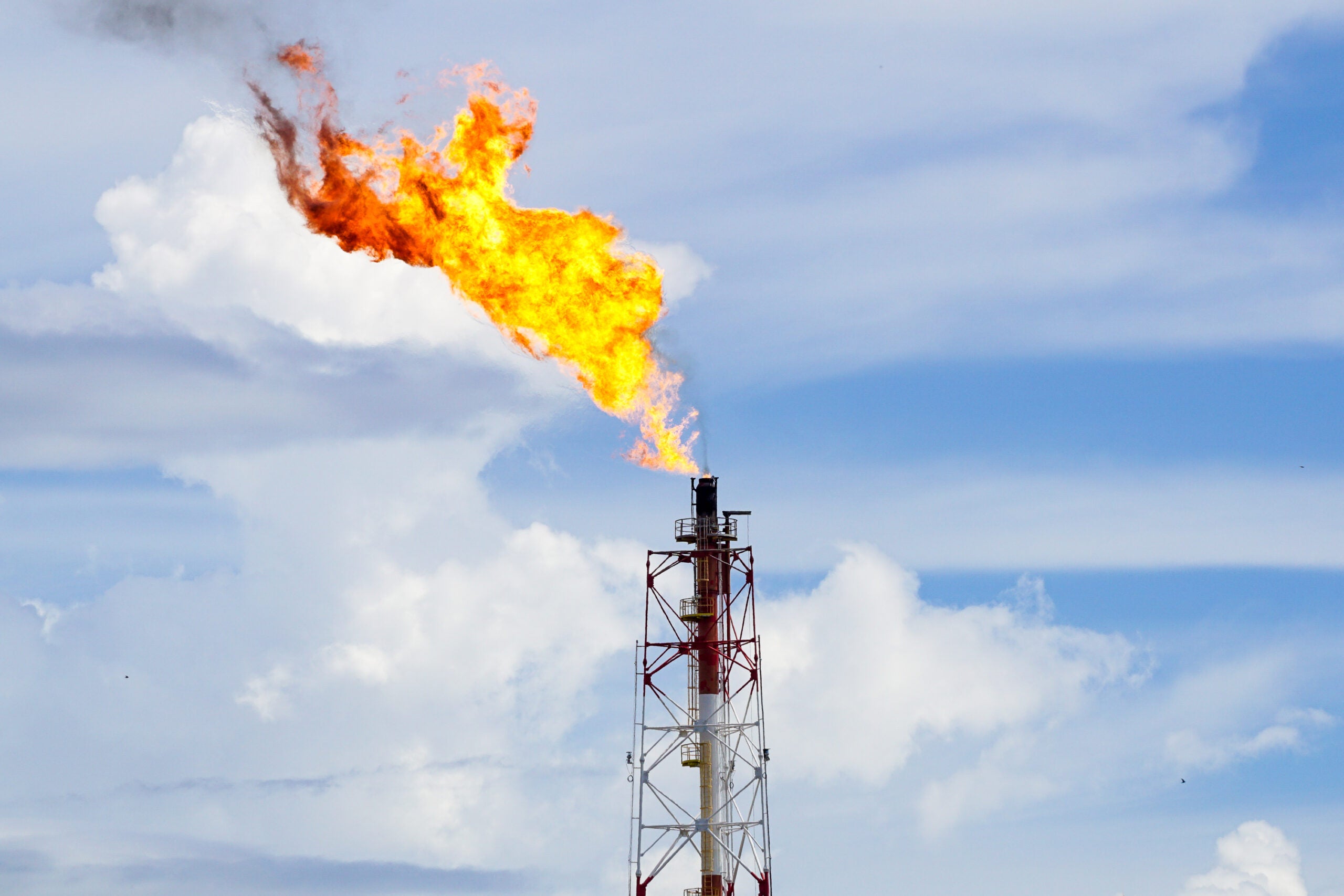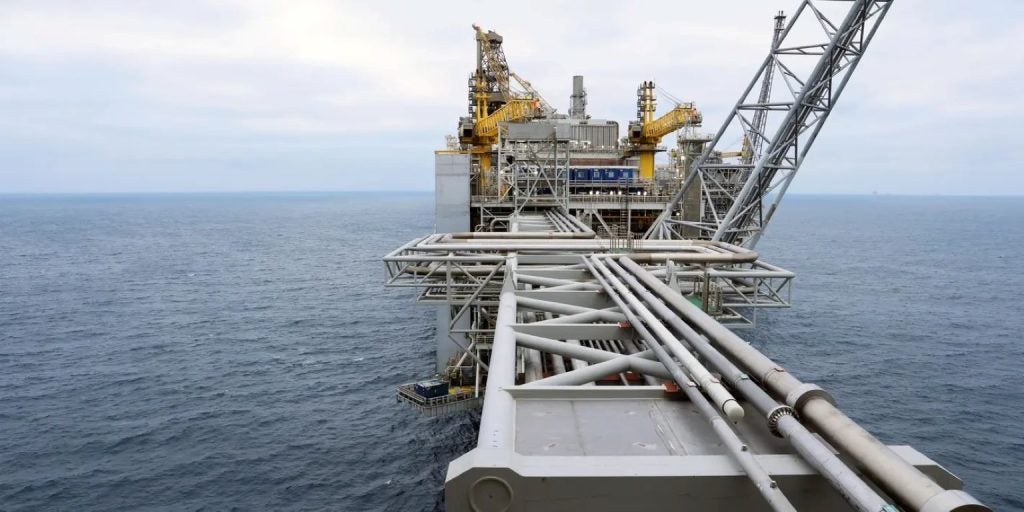
The Oil and Gas Authority (OGA) has found that flaring in the UK North Sea dropped by 19% in 2021. This follows a 22% decrease the year before as the industry works towards its target of zero routine flaring and venting by 2030, as laid out in the North Sea Transition Deal.
In 2021, oil and gas production facilities reduced flaring by six billion cubic feet (bcf) to 26bcf, which the OGA says is equivalent to yearly gas demand of 130,000 UK homes.
In the same year, offshore flaring intensity – the amount of gas flared per unit of oil produced – was reduced to an 11-year low, dropping from 94 standard cubic feet per barrel (scf/bbl) to 90scf/bbl. This measure has now fallen four years in a row, from 125scf/bbl in 2017, with an all-time monthly low set in June 2021.
OGA chief executive Dr Andy Samuel said: “As we transition, the UK needs a stable supply of domestic oil and gas to minimise reliance on imports and bolster energy security. To ensure that production is as clean as possible, the OGA is holding the sector to account, including on flaring and venting, through close monitoring and benchmarking and proactive stewardship.
“A substantial drop in flaring two years running – reaching its lowest level since we started tracking – is encouraging and reflects both OGA and industry efforts. But there can be no let-up if the sector is to reach and surpass emissions reduction targets.”
See Also:
The news comes as the industry regulator enforces tighter controls on operation venting and flaring as it seeks to curb overall emissions – a cornerstone of the North Sea Transition Deal signed by industry and government last year.
How well do you really know your competitors?
Access the most comprehensive Company Profiles on the market, powered by GlobalData. Save hours of research. Gain competitive edge.

Thank you!
Your download email will arrive shortly
Not ready to buy yet? Download a free sample
We are confident about the unique quality of our Company Profiles. However, we want you to make the most beneficial decision for your business, so we offer a free sample that you can download by submitting the below form
By GlobalData“By creating the North Sea Transition Deal, the government and the UK’s oil and gas sector are ambitiously seeking to tackle the challenges of reaching net zero, while repositioning the UK’s capabilities to serve the global energy industry,” the deal reads. “The Deal will take the UKCS through to maturity and help the sector pivot towards new opportunities to keep the UK at the forefront of the changing 21st century energy landscape.”
In service of its net-zero targets, OGA has set out new guidelines that ensure new developments are designed to accommodate zero routine flaring and venting, and calls for operators to reduce greenhouse gas emissions at every stage of a project’s life cycle.
The group published its first Emissions Monitoring Report in October last year, as well as two benchmarking dashboards to monitor offshore flaring and venting activity, and updated its strategy in February 2021 to include an industry obligation to support the UK’s net-zero ambition.





